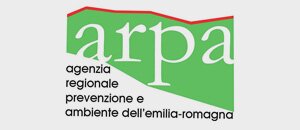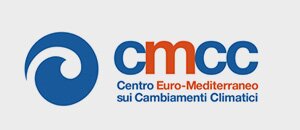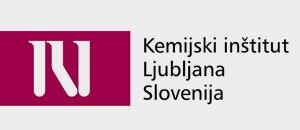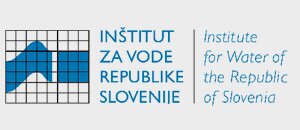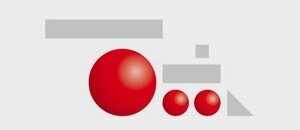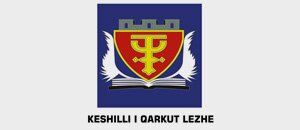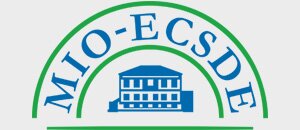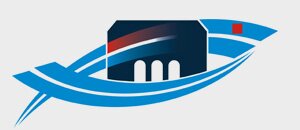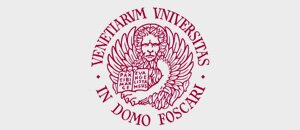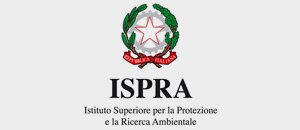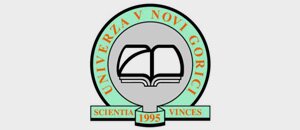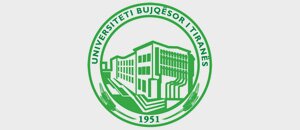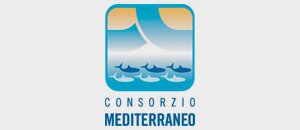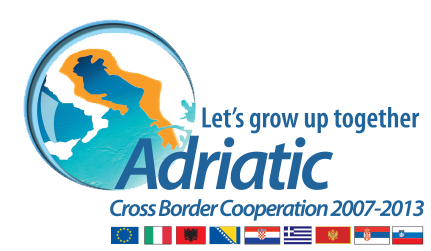One thing that certainly distinguishes the DeFishGear project from the others is the constant quest for the new and innovative ways for project promotion in order to anchor direct and permanent bonding with its stakeholders and other similar initiatives in the Adriatic Region.
Two Italian DeFishGear partners (ISPRA and Ca’ Foscari University of Venice) and well known Italian environmental NGO “Legambiente” united their forces in efficient tackling of marine litter and micro-plastic pollution through the campaign named “Don’t Waste Venice”, organized under the umbrella of the DeFishGear project.
“Don’t Waste Venice” is a floating litter monitoring campaign of Venice canals which has been launched in June 2015. Innovative touch has been given to the aforesaid campaign through the organization of the press conference on Legambiente’s schooner Goletta Verde back to back with the monitoring of floating litter in S. Mark’s Basin, one of the most important stops of the Legambiente annual monitoring campaign of the sea quality in Italian seas.
Upon this occasion, Don’t Waste Venice initiative and results of the Goletta Verde 2014 Sea Monitoring Campaign in the Adriatic and Mediterranean Sea were presented in a nut shell by Mr. Luigi Lazzaro and Ms. Serena Carpentieri, Legambiente Veneto president and Goletta Verde campaign responsible.
Mr. Tomaso Fortibuoni and Mr. Giulio Pojana, representatives of the two Italian DeFishGear partners (ISPRA and Ca’ Foscari University of Venice) presented in short the basics of micro-plastic pollution and its dynamics into the sea and showcased rather impressive preliminary results of the Don’t Waste Venice initiative and Seafloor Litter Monitoring Campaign performed in Italy in 2014.
Thus, preliminary monitoring results of the Don’t Waste Venice campaign boil down to more than 500 floating objects monitored and collected along 7 km (on average 1 floating litter object each 13 meters) in only one day. 87% of the waste material collected was plastic waste (plastic liquid containers represented more than 25%, plastic/polystyrene fragments 16%, packaging parts 12% and etc.). Cigarette buds and packs, as well as lighters represented about 9% of the objects found, and both full and empty garbage bags of garbage contributed with 6%.
On the other hand, Seafloor Litter Monitoring Campaign, based on 16 hauls in an area of approximately 5.000 km2, showed an average density of approximately 720 items per km2, and a density by weight of 100 kg per km2. Litter objects at the sea bottom in a nut shell were composed of plastic (92%), rubber (3%), metal, (3%) and textile (2%).







